Science x Porcelain
Our university is a great treasure trove of interesting stories. Every plate and every cup from the collection Science x Porcelain narrates such a story. Many of these stories include scientific patterns or graphics. We used those patterns to design a series of beautiful gifts made out of porcelain. This series is available at the online shop of our university.
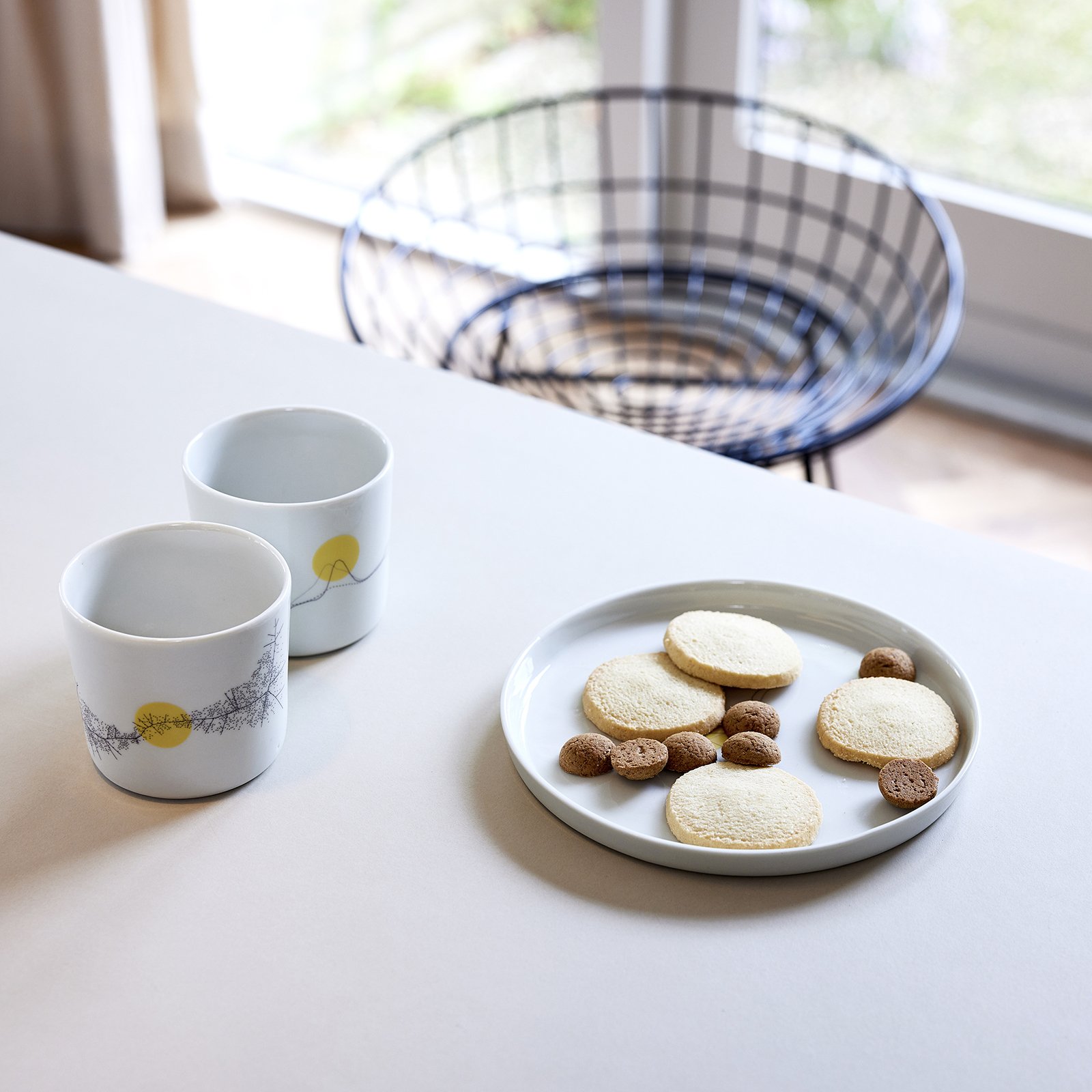
Cor Unum
The porcelain is made by Cor Unum, a ceramics studio in the Netherlands with a legacy of over 65 years. Cor Unum takes social and cultural responsibility by working with a team of professionals, students, people with a distance to the labour market, designers and volunteers.
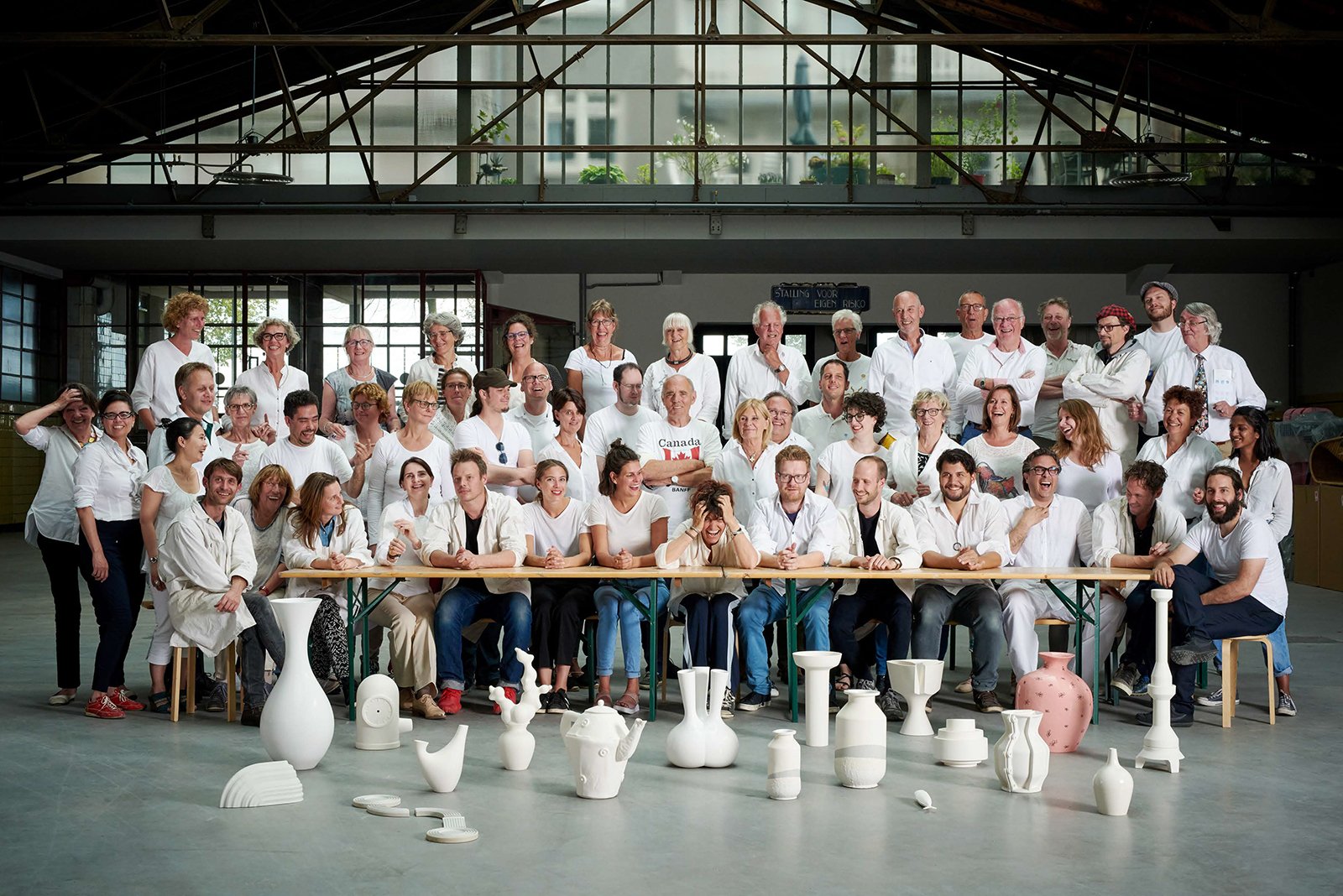
A growing collection
The current collection consists of a series of four patterns: about simulation software, the viewing behaviour of children, the core of the Earth and getting rid of plastic in our oceans. Would you like to immortalise another research on porcelain? Please contact us.
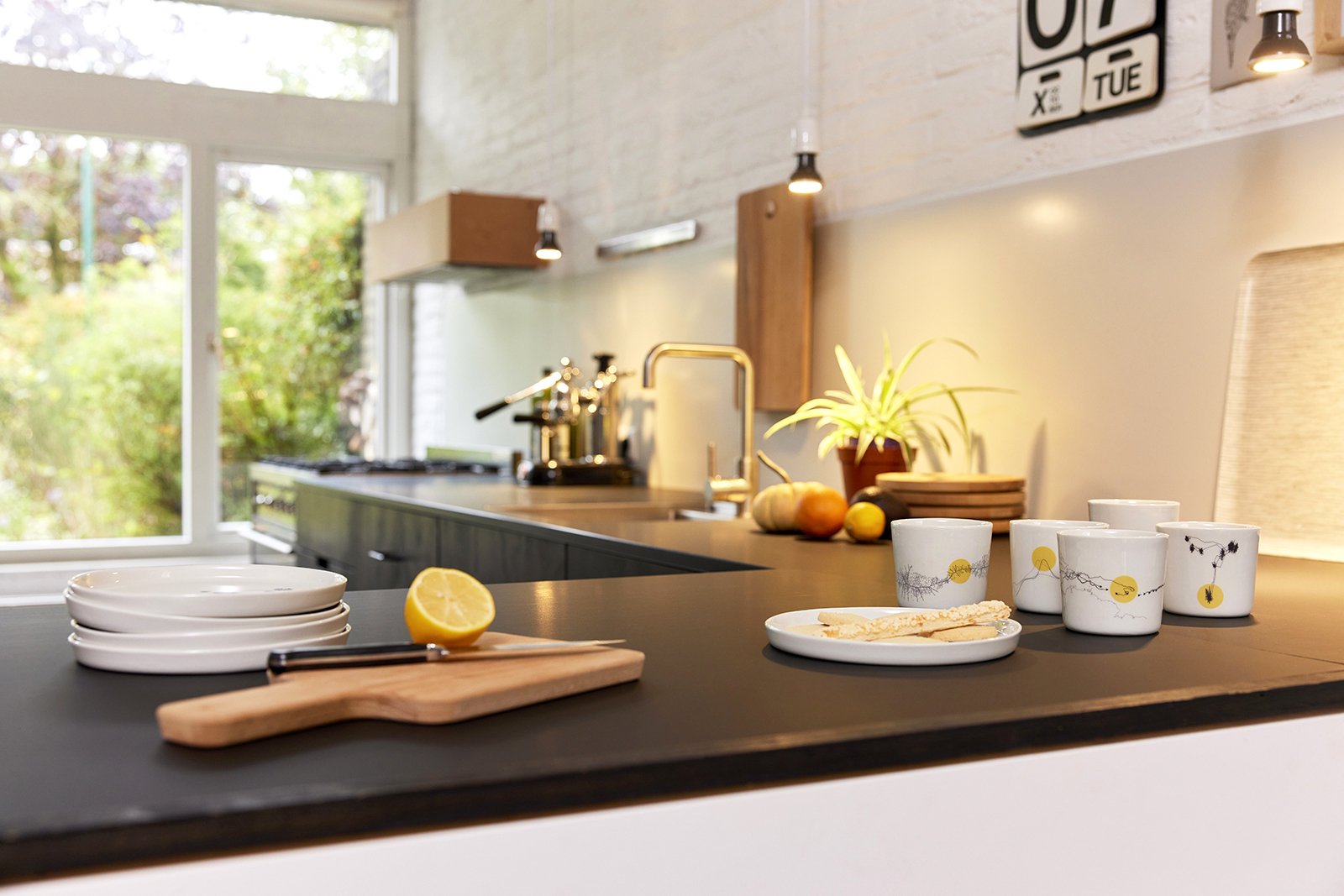
#1 About people’s behaviour in crowds
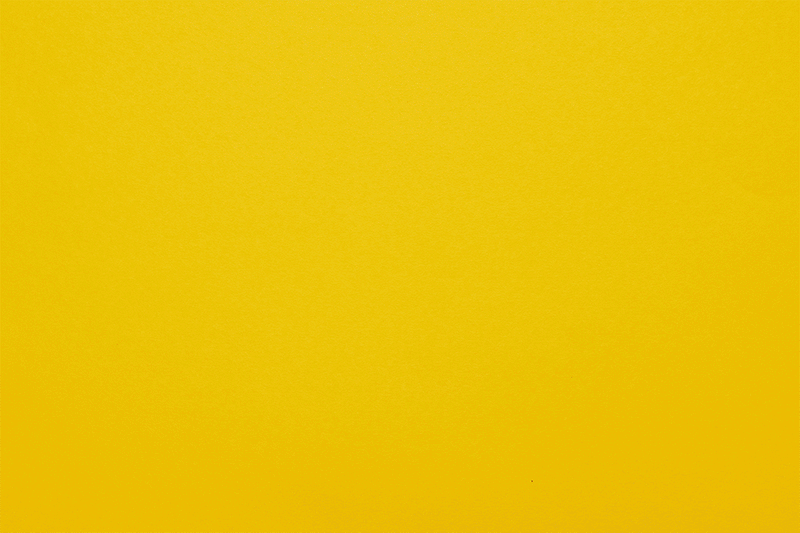
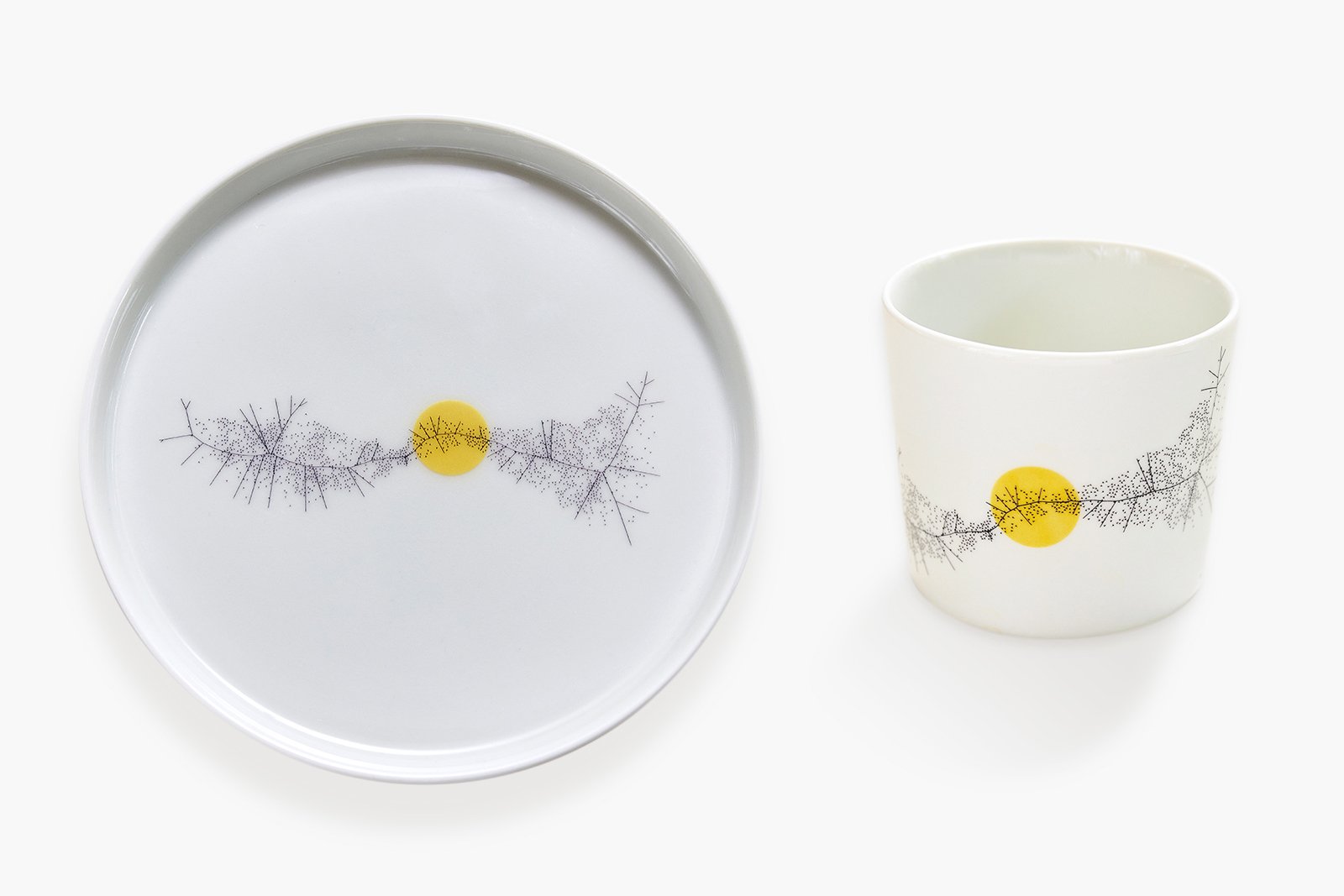
What happens when a large number of people gather in one specific place? Computer science researchers at Utrecht University develop path planning and crowd simulation software that can run several scenarios. This helps city governments with planning big events, even in the city centre. For instance, by ensuring one-way traffic at some places.
#2 About how children scan faces
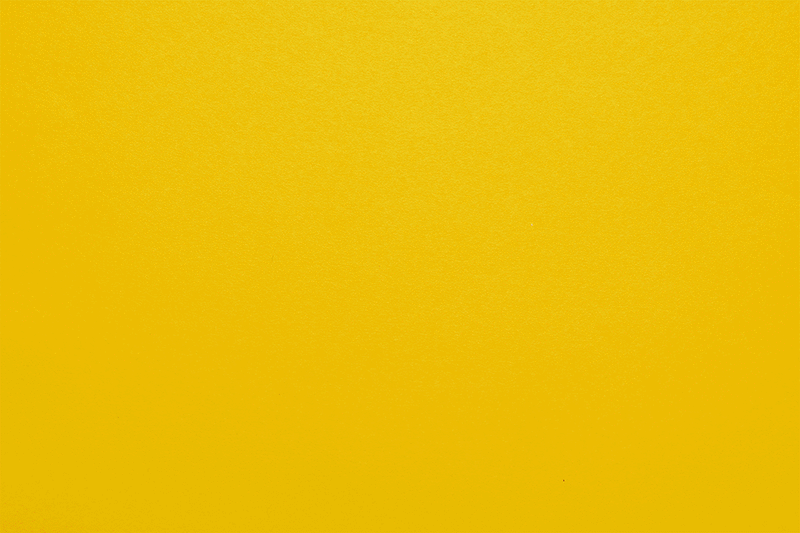

Where and how long do children look on their parent’s face when they are talking or discussing? And can children’s viewing patterns predict how social they are? Researchers at Utrecht University set up eye tracking experiments to collect data. The results can potentially be used to improve communication between parent and child, but also for the development of social robots.
#3 About the core of our planet
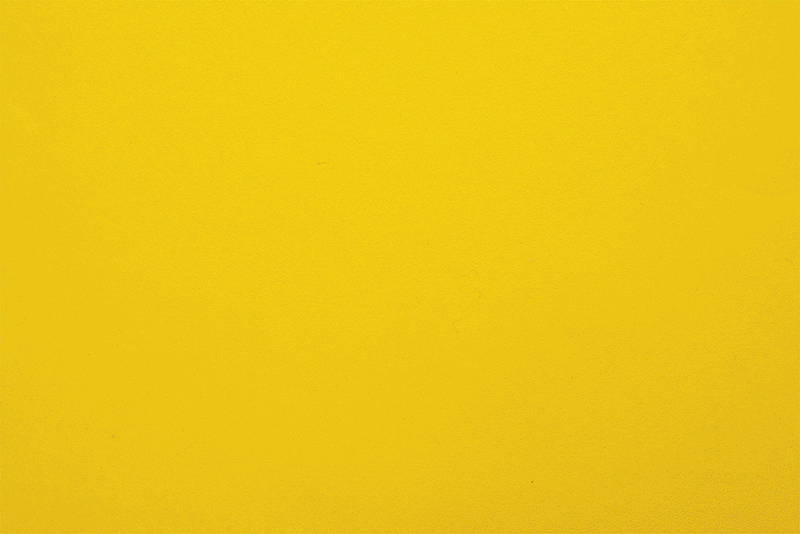
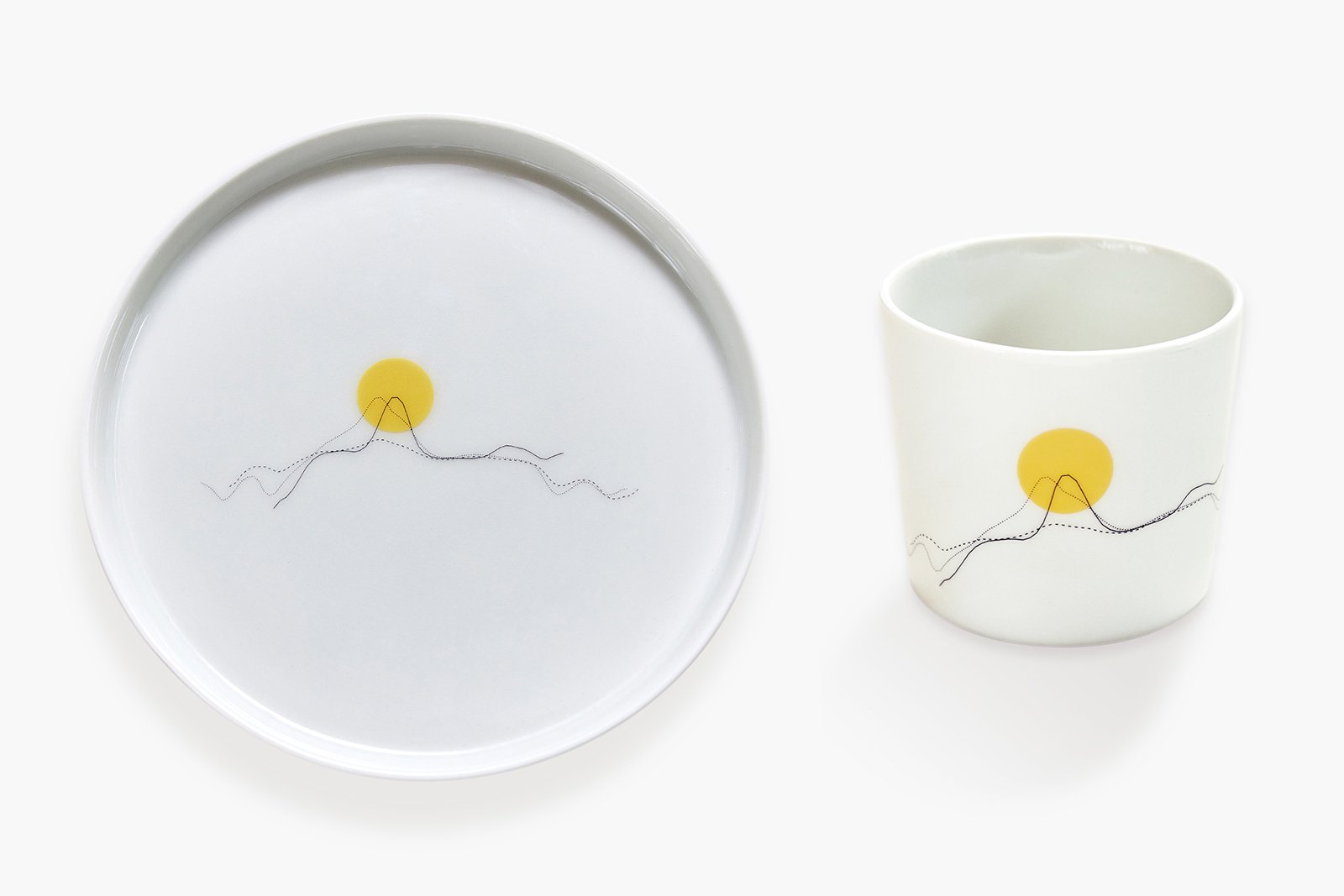
Without drilling a very deep hole, one researcher at Utrecht University proved the theory that the Earth has a solid core. In fact, it is a ball with the size a little smaller than the moon. The discovery of the J-wave in the Flores Sea was the proof. This research can tell us something about the evolution of the magnetic field, which is essential for life on Earth.
#4 About cleaning up plastic in the oceans
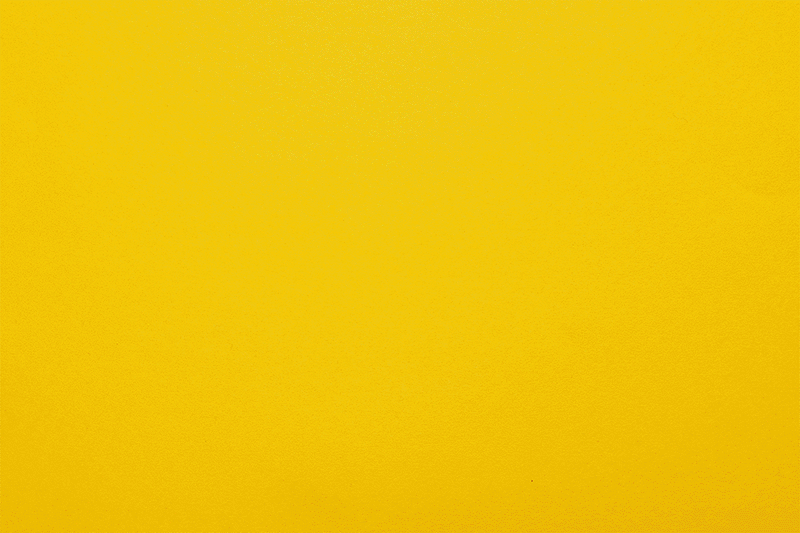
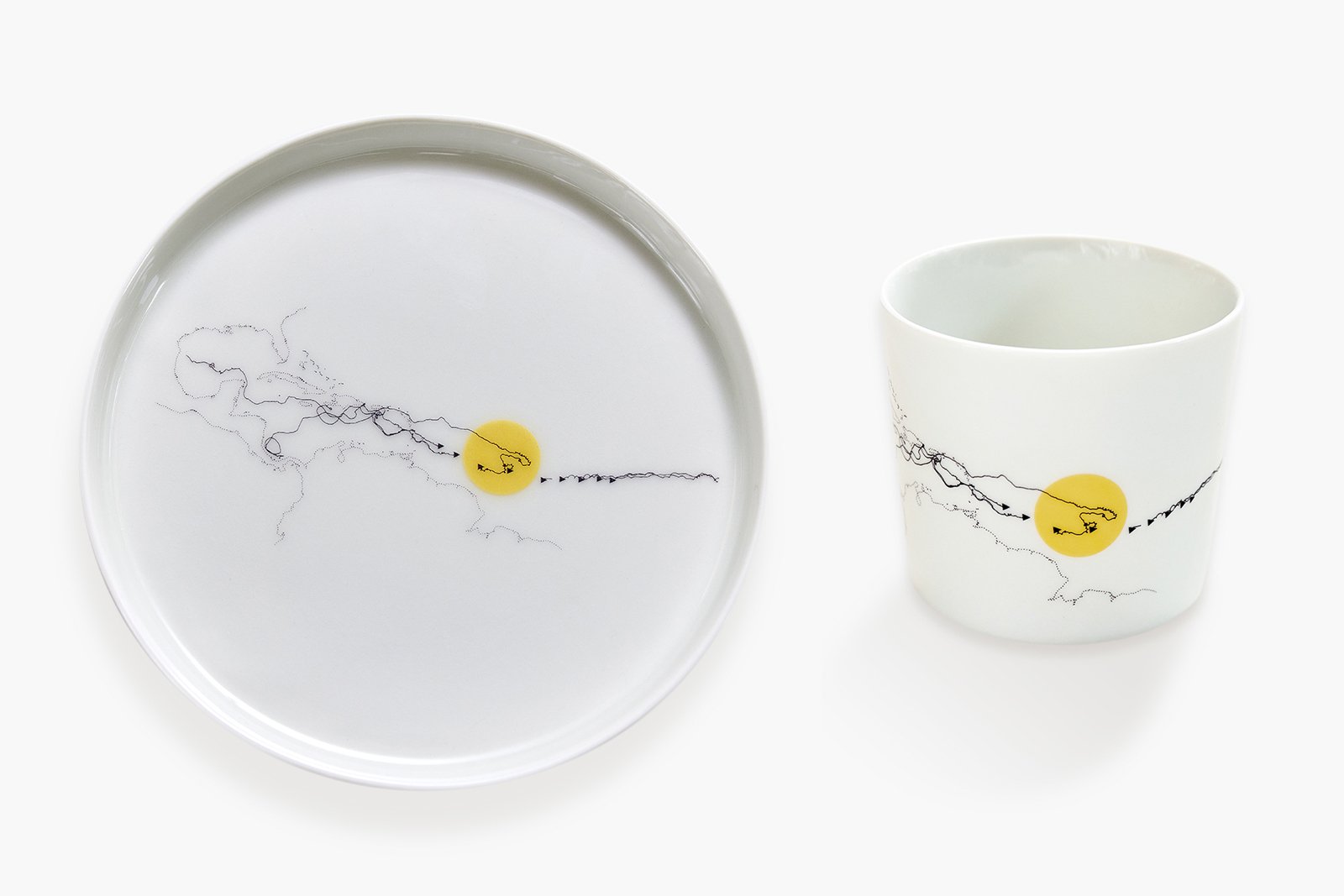
How do we clean up the plastic that floats around in our oceans as effectively as possible? To answer this question, scientists at Utrecht University are investigating how plastic waste moves through our oceans. This knowledge will be used to make our oceans plastic-free, starting with the Galapagos Islands.
Point of sale
All plates and cups can be ordered separately on the website of the Utrecht University Store.

